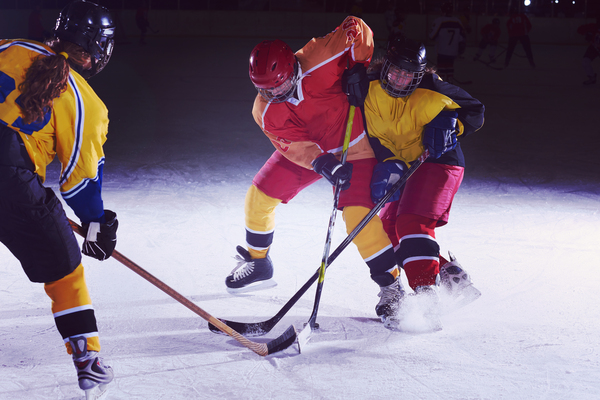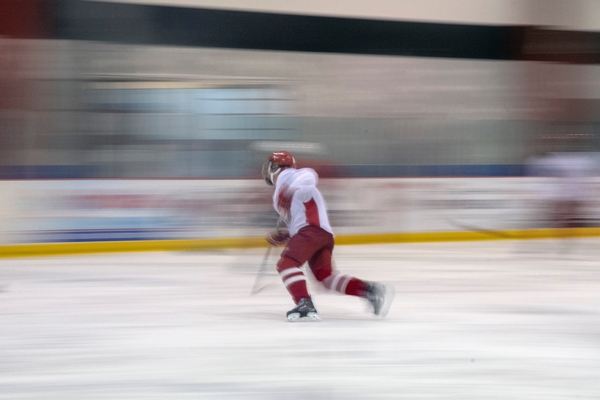Problems of homosexuality in sports
Many athletes in high sports declare their sexual orientation only when they finish their career. Heteronormativity, gender stereotypes, and the notion that high sporting achievements are necessarily associated with the heterosexuality of athletes are characteristic of public consciousness. While sports are essential for the successful socialization of boys and young men, women’s sports are considered to be something outside the necessary scope of female socialization. The lack of interest in sports among men is considered something unusual and “unnatural”.

For example, synchronized swimming is considered by many athletes to be “an all-female sport”. In particular, men are still not allowed by the International Olympic Committee to participate in this discipline, while synchronized swimming remains the only Olympic sport in which only women participate.
Are there many LGBT representatives in men’s professional sports?
In men’s disciplines today, there are practically no open representatives of LGBT people. That is why gay athletes hide their sexual orientation till the end of their sports careers. The manifestation of any “weakness” by a male athlete can lead to the loss of his social status and reckoning as gay. Homosexual athletes are often attributed feminine qualities: emotionality, softness, slight vulnerability – that is, stereotypical “feminine” qualities.
Belgian cyclist Justine Lavens has declared his homosexuality recently. The 19-year-old athlete admitted in the interviews that he had been preparing for this step for two years.
English footballer Justin Fashanu and Australian rugby player Ian Roberts have long been the only examples of gay top team sportsmen coming out during their active sports careers.
Former football player Thomas Beatty came out as gay in an interview with ESPN, becoming the second openly gay footballer in UK history.
Wales and Cardiff Blues legend Garrett Thomas has become Britain’s first openly gay in high-level rugby. In December 2009, Thomas publicly came out, which caused a strong reaction in the press and society.
What is the attitude towards gays in hockey?
In hockey, attitudes towards homosexuality are ambiguous. On the one hand, it is believed that hockey is “too much a male game, it is too homophobic in its essence”, on the other hand, many professional athletes are neutral or have a good attitude towards gays. At the same time, the NHL has established a partnership agreement with The You Can Play Project, an organization collaborating with LGBT athletes. As part of the partnership, the NHL appointed a player on each team to represent gay colleagues.
There is also a special organization in New York called New York City Gay Hockey Association. It is a special league aimed at the assistance and support of homosexual hockey players. It is the first association in New York in this field.

Are there any famous gay hockey players?
In November 2020, Bain Pettinger became the first NHL hockey agent announced himself as a gay. Bain’s decision was supported by such famous hockey players as Conor McDavid and Sidney Crosby.
Goaltender Jon Lee-Olsen, who plays in the Danish league for Rungsted Cyre Capital, publicly announced that he was gay in 2019 and became the first openly gay active hockey player. Following this, in early January 2020, defender Zach Sullivan, who plays in the British Elite Hockey League for the Manchester Storm, publicly admitted that he was bisexual.
In September 2020, forward Janic Duplessis, who plays for the Quebec Junior League club Drummondville Voltigeurs, declared his homosexuality. His statement was supported by people from the hockey world, including ex-Montreal player Guillaume Latendresse and former Tampa guard Enrico Ciccone. In July 2021, the Canadian NHL player Luke Prokop came out. The 19-year-old player posted his statement on Twitter. He thus became the first active gay hockey player in the NHL.
